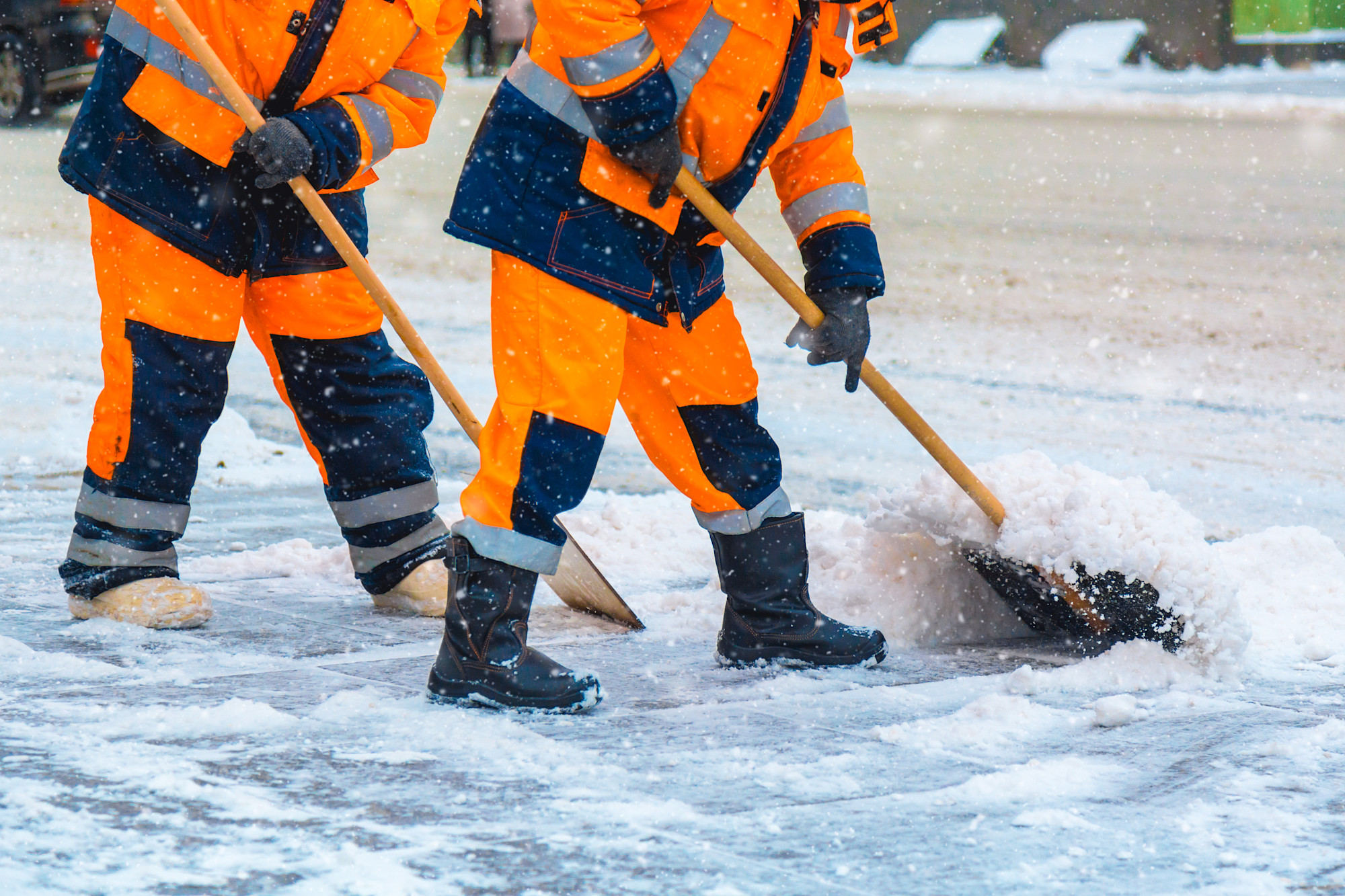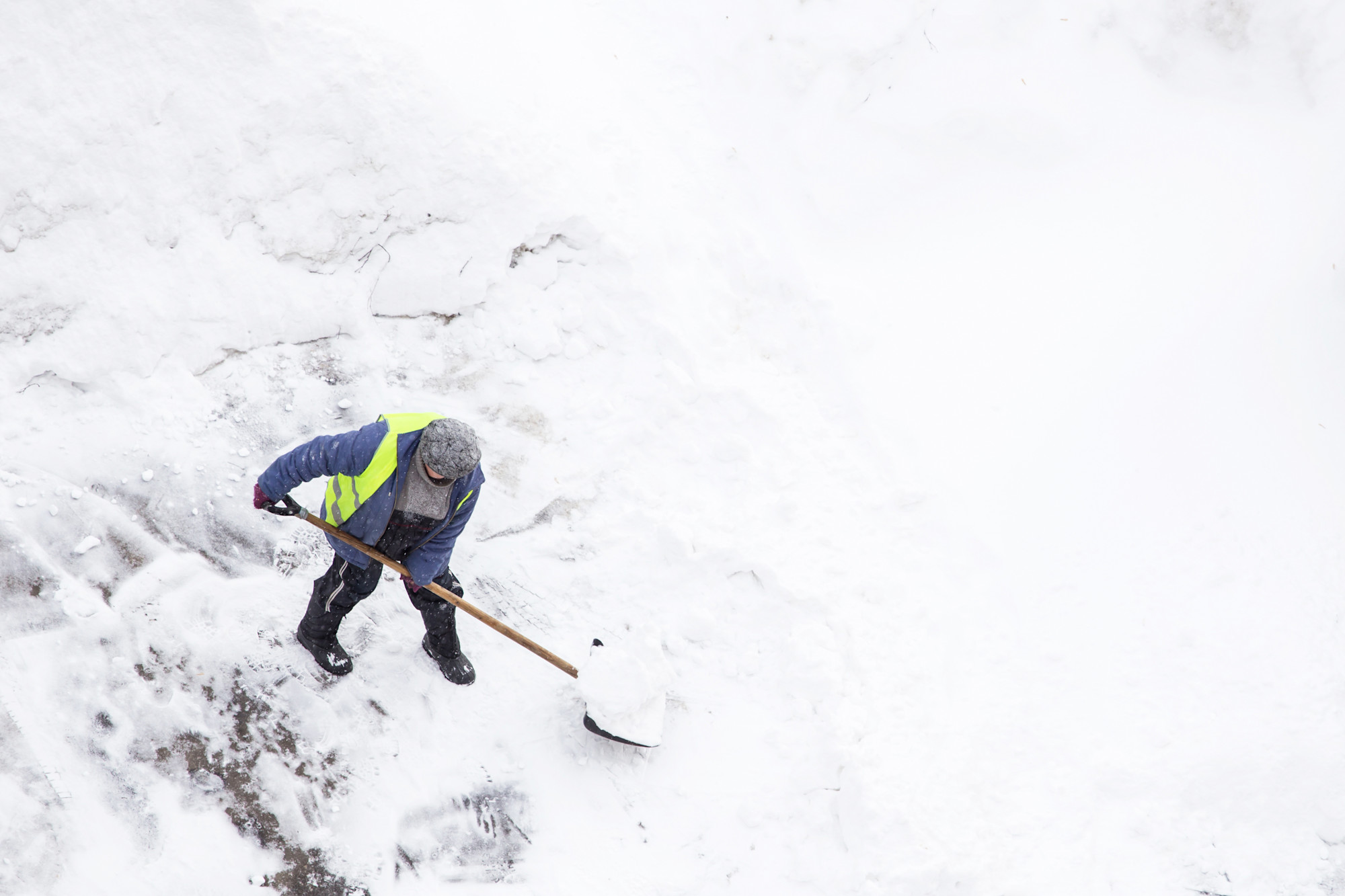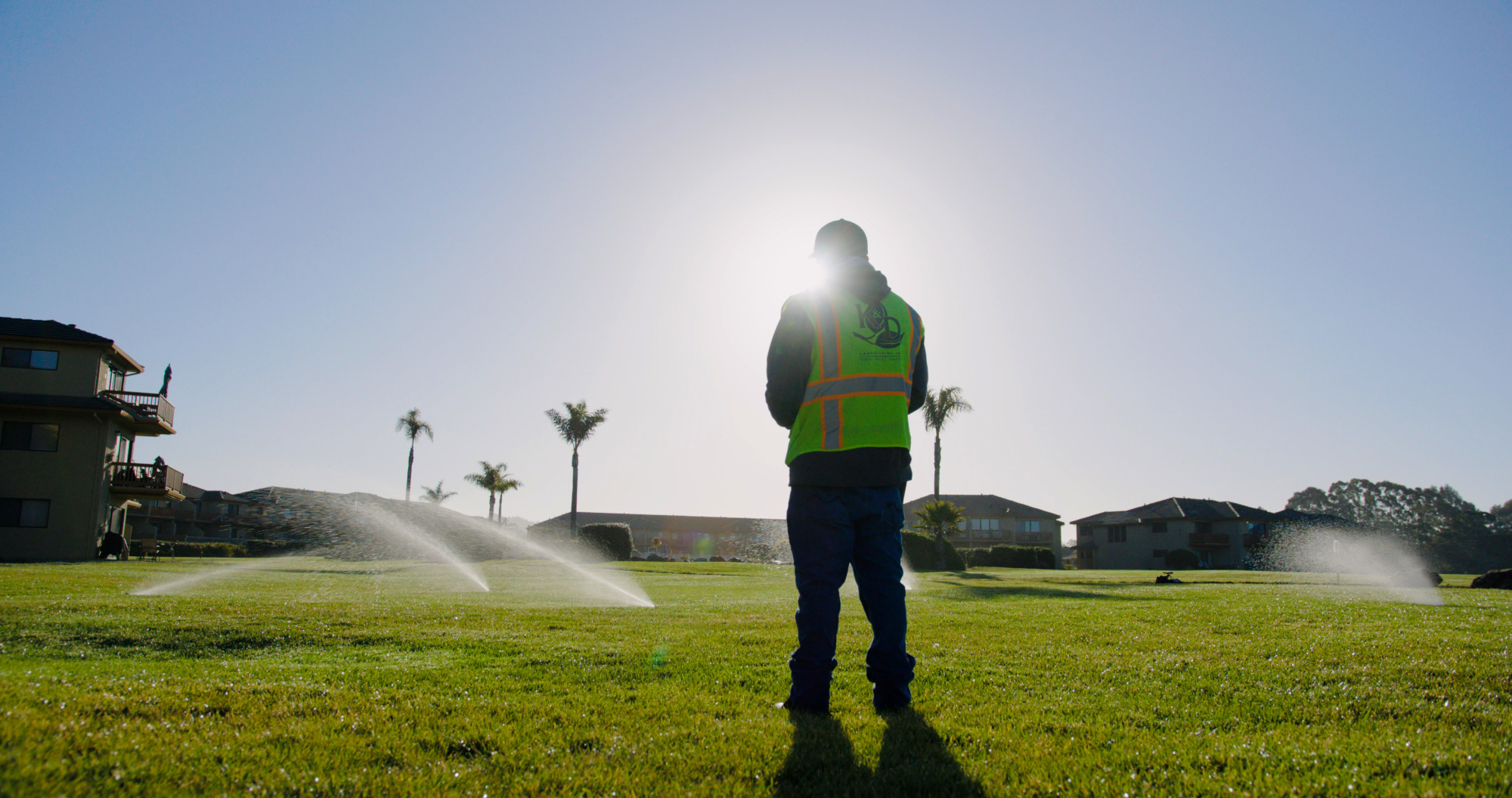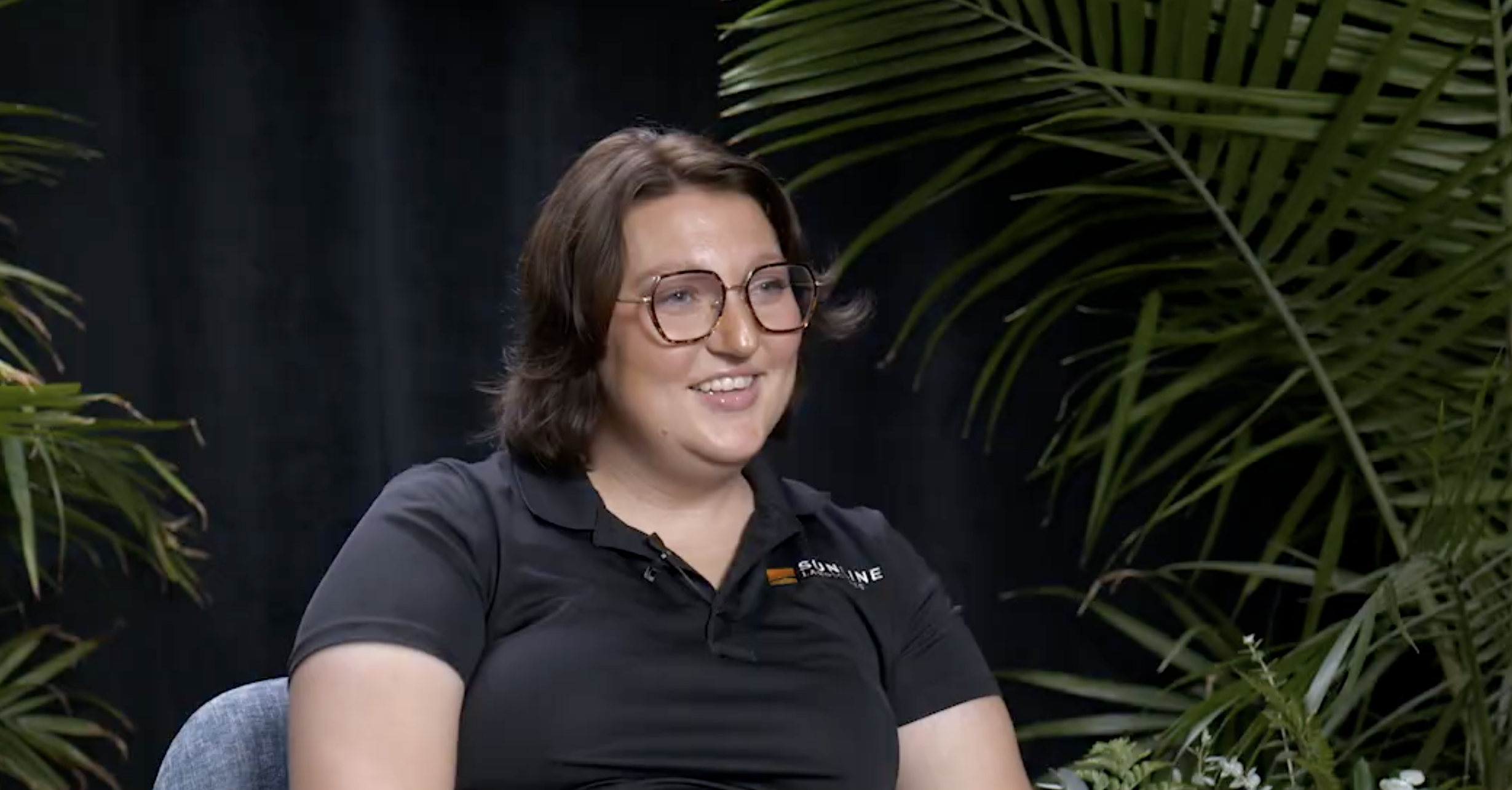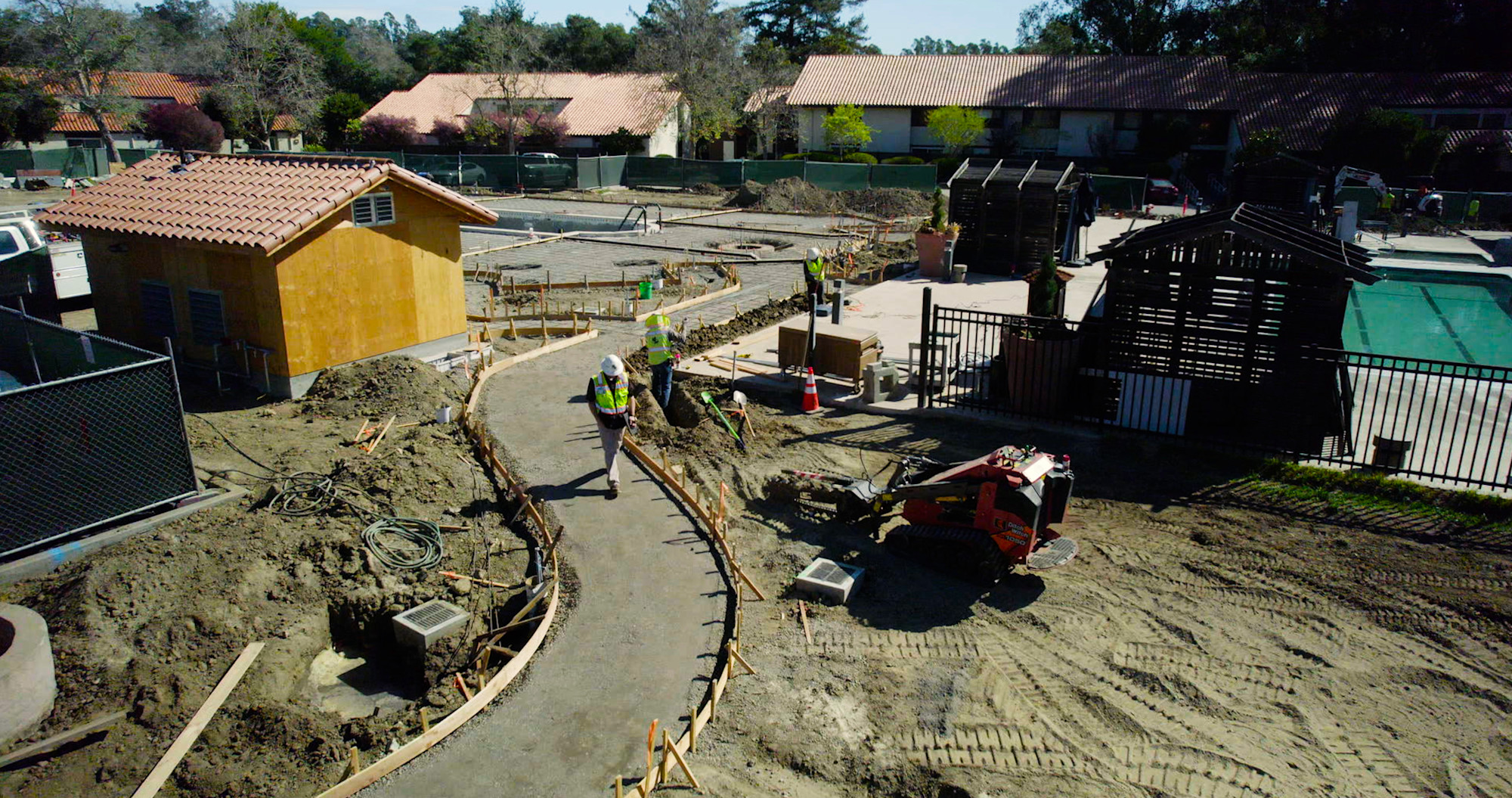Table of Contents
Table of Contents
- Essential skills required for cleaning employees
- Developing a customized training program
- Best practices for on-the-job training
- Ensuring adherence to safety regulations
- Overcoming common cleaning employee training challenges
- Incorporating new technologies and equipment
- Learn more about how to run a successful cleaning company
Effective training methods improve the efficiency and quality of cleaning operations—laying the groundwork for success. Without a comprehensive training program, your professional cleaning company risks:
High turnover rates
Inconsistent quality standards
Accidents and injuries
The following guide provides insight into developing and implementing effective training programs. It includes:
Essential skills required for cleaning employees
How to ensure adherence to safety regulations
Best practices for on-the-job training
Productivity tips for boosting your cleaning service
Essential skills required for cleaning employees
Businesses must hire the right team members before developing a cleaning crew training program. List the following skills as requirements in job descriptions, and ask pertinent questions during the interview process about the applicants':
Attention to detail → Customers notice when cleaners miss a spot.
Time management → Cleaners prioritize cleaning tasks throughout the home to finish on deadline. This means knowing how much time to allocate toward each room and chore.
Physical stamina → Cleaning is a physically demanding job.
Strong communication → Some customers choose to stay home during their scheduled cleans. Your staff needs to provide outstanding customer service and communicate effectively.
Team player → Cleaning crews collaborate and work together to achieve success.
Product knowledge → Finding someone with prior cleaning experience who knows about cleaning products and tools is a bonus.
Note: A tight labor market requires teaching some of these skills. However, recruiting talent with prior cleaning experience and good soft skills is always beneficial.
Developing a customized training program
Tailor your cleaning training curriculum to ensure employees learn your company's specific methods and products. Follow these steps to develop a customized training program.
1. Assess training needs
Start by assessing your team’s current skills. Business owners can accomplish this through:
Issuing surveys: Ask employees about their comfort level with specific cleaning tasks, products, and procedures. This reveals areas where they require more resources.
Observing employees: Shadow your team during cleaning jobs. Watch their techniques, identify areas for improvement, and note any safety concerns.
Reviewing relevant licensing or credentials: For specialized cleaning (medical facilities, for example), ensure staff obtain relevant licenses or certifications.
Design continuing education training modules for seasoned employees who need to brush up on a few basics. Meanwhile, require new hires to go through the full training program.
2. Determine training methods and materials
Based on your skills assessment, determine the training methods and materials needed to bring your cleaners up to speed on company procedures. Use one or a combination of the following methods to develop the process that best suits your company needs:
Hands-on training: Teach employees how to use cleaning equipment with hands-on training. Demonstrate the process, then give your crew members supervised time to practice.
Online courses: To broaden their industry knowledge, give employees time to complete online courses designed by you or through industry organizations like the International Sanitary Supply Association.
Manuals and checklists: Provide employees with product manuals for equipment and custom checklists that outline the process you expect them to follow.
Employee handbook: Write an employee handbook that covers company policies, like brand messaging, working hours, payroll details, and the company code of conduct.
3. Create training content
Once you determine cleaning methods, create any materials you intend to use. This includes:
Videos of product demonstrations
Forms and checklists that outline cleaning steps
Standard operating procedures (SOPs) for each cleaning task you provide
Employee handbook
Training manual
Modules for online training courses
While hands-on training is effective, training materials allow cleaners to review them when needed. Forms and checklists are beneficial during onboarding to ensure cleaners don’t miss critical steps.
4. Establish a training schedule
Setting up a structured training schedule makes onboarding and training consistent and efficient. It also establishes clear expectations for both trainers and trainees, ensures all necessary topics are covered, and allows for regular assessment of progress.
The training schedule ultimately depends on the clients you serve and the services you offer. For commercial clients, focus on one discipline at a time. For example:
Offices
Medical facilities
Real estate move-out cleanings
Educational institutions
For residential, place new employees with experienced crews and direct them to focus on a different room or task daily, such as bathrooms, living spaces, or bedrooms. Then, break it down further with:
Baseboards
Windows
Floors
Toilets
Once employees are fully trained, consider monthly or quarterly refresher courses.
5. Provide training resources
80% of respondents to a Seismic study reported that more training would improve their job satisfaction, while 50% noted that they’d consider leaving a company due to a lack of training. That’s why it’s crucial to provide your staff with training resources.
This includes any training materials you created, mentorship from experienced staff members, and regular one-on-one meetings with management. Periodically check in with staff members to provide the support they need to complete their jobs effectively. This shows you care, boosts retention, and empowers cleaners.
6. Conduct training
Maximize learning and information retention by following these best practices when conducting training:
Break down complex topics into smaller steps. For example, a bathroom contains several different surfaces, each with its own cleaning requirements. Teach staff how to clean porcelain, tile, and glass.
Encourage questions and open discussions.
Always explain and demonstrate cleaning methods. This caters to different learning styles while reinforcing instruction through repetition.
Allow trainees to practice cleaning techniques under the supervision of an experienced trainer.
Provide constructive feedback so cleaners improve consistently.
7. Evaluate training effectiveness
Ongoing evaluation of your training program ensures continuous improvement. Measure training effectiveness through:
Reporting: Review business data regularly to identify dips in sales or customer satisfaction. This often indicates it’s time to revisit training. Real-time reporting in Aspire allows business owners to query relevant data for immediate insight into KPIs.
Reviews: Monitor all review sites for customer feedback to determine opportunities for new training.
Performance monitoring: Observe trainees on the job and note any areas for improvement.
Best practices for on-the-job training
While your onboarding process likely includes training sessions at your office or online modules trainees complete at their own pace, cleaners learn best through experience and practice. Optimize on-site training with these tips:
Pair trainees with experienced mentors who can offer tricks of the trade and answer questions.
Help new hires develop a well-rounded skill set by rotating them through different cleaning tasks and client locations.
Look for everyday moments to provide micro-learning experiences, such as a quick demonstration of a new cleaning product or a discussion on handling a specific client request.
Foster a collaborative, open, and supportive culture so new cleaners aren’t afraid to ask questions.
Empower cleaners with a mobile app that connects them to the office and houses cleaning checklists, forms, equipment manuals, and more.
Ensuring adherence to safety regulations
Safety precautions must be followed in the cleaning industry to meet regulatory compliance and ensure safety for cleaners, clients, and the people/pets in their homes or facilities.
Per the Occupational Health and Safety Administration’s Hazard Communication Standard (OSHA HazCom), employers are required to train workers on product labels and safety data sheets for proper use, storage, and disposal of any chemical products.
Beyond OSHA requirements, include the following in your company’s safety training program:
Proper PPE: Train cleaners on using personal protective equipment (PPE), such as gloves, goggles, and masks, to minimize exposure to chemicals and biological hazards.
First aid and CPR: Equip your team with the skills to respond to emergencies.
Risk assessment: Teach cleaners how to assess and mitigate risks (such as electrical risks, trip and fall dangers, etc.) in their work environment to prevent accidents and ensure safety.
Conduct regular training sessions to refresh staff on safety regulations, proper cleaning techniques, and hazard identification.
Overcoming common cleaning employee training challenges
Learn how to overcome these common challenges to maximize the effectiveness of your cleaning program and ultimately run a successful cleaning company.
High turnover: To acclimate new staff faster, offer short, focused sessions and consider mentorships that allow new hires to learn from experienced staff.
Resistance to change: Engage employees in the training process and explain the benefits of the changes.
Language barriers: Utilize visual aids, demonstrations, and materials in multiple languages to ensure everyone understands company protocols.
Time constraints: Offer short training sessions or online training options for staff to complete on their own schedule.
Unmotivated staff: Reward employees for accuracy, efficiency, and adherence to proper protocols.
Lack of resources: Look for free online training options. For example, Procter & Gamble offers training videos and knowledge checks on its cleaning products in English and Spanish.
Incorporating new technologies and equipment
Staying up-to-date on the latest technology and equipment helps cleaning businesses remain competitive and efficient while meeting customer expectations. Cleaning industry technology trends include:
Electrostatic spraying: Utilizes electrically charged droplets that cling to surfaces more effectively than traditional methods, providing a thorough clean and improved disinfection.
Robotics/autonomous cleaning machines: From robot vacuums to floor scrubbers, these tools take over repetitive tasks, allowing cleaners to focus on more high-value cleaning.
46% of companies surveyed for the Aspire 2024 Commercial Cleaning Insights Report expect robotics to become a game-changer over the next few years.
Ultraviolet (UV) disinfection: Harnesses the power of ultraviolet light to deactivate bacteria and viruses on surfaces.
Eco-friendly cleaning represents a consumer-driven industry trend. Train cleaners to use cleaning supplies that minimize environmental impact and protect children and animals.
Many cleaning business owners turn to business management software to increase revenue and boost cash flow while keeping employees motivated and attracting top talent. In fact, according to Aspire’s Commercial Cleaning Insights Report:
92% of contractors interviewed currently use software to run their business.
Most (62%) respondents achieved efficiencies and enhanced capabilities while using business management software.
28% plan to further invest in technology this year.
Many of these software platforms include mobile apps to empower cleaners working in homes and businesses. For example, the Aspire Mobile app allows users to:
Communicate with the customer or office
View their schedule live
Review customer history and notes
In addition, cleaners access the platform’s full functionality via a laptop or tablet in the field.
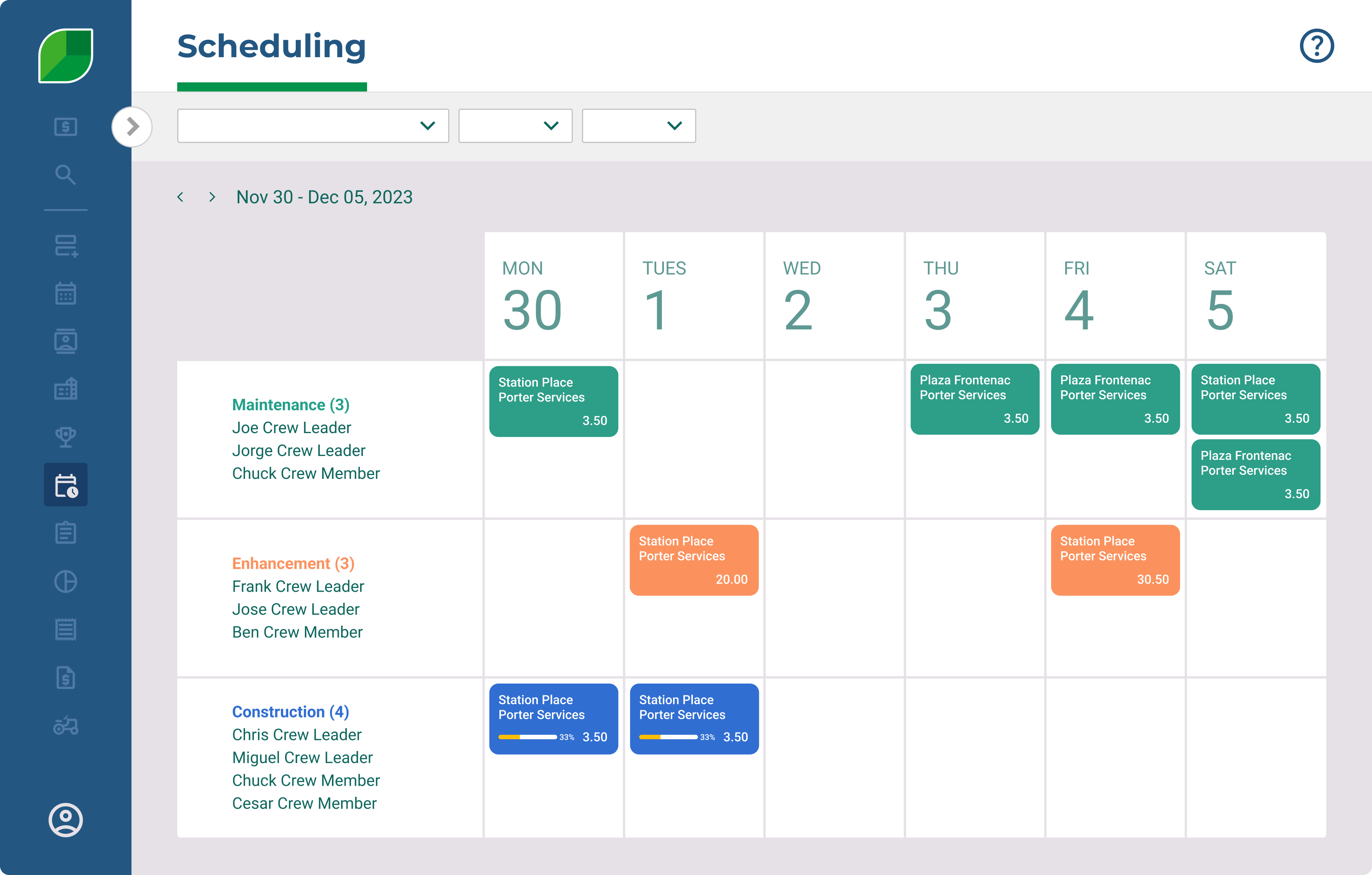
Learn more about how to run a successful cleaning company
Your cleaning company training program lays the foundation for success. With more than 50% of cleaning company operators noting recruiting and retaining employees as one of their top business goals, building a comprehensive training program proves critical.
The benefits of providing proper training for your cleaning staff include:
Boosts efficiency
Improves employee retention
Enhances cleaning quality
Promotes safety
Provides a better customer experience
For more information on how to grow a cleaning company, check out the Aspire blog.

